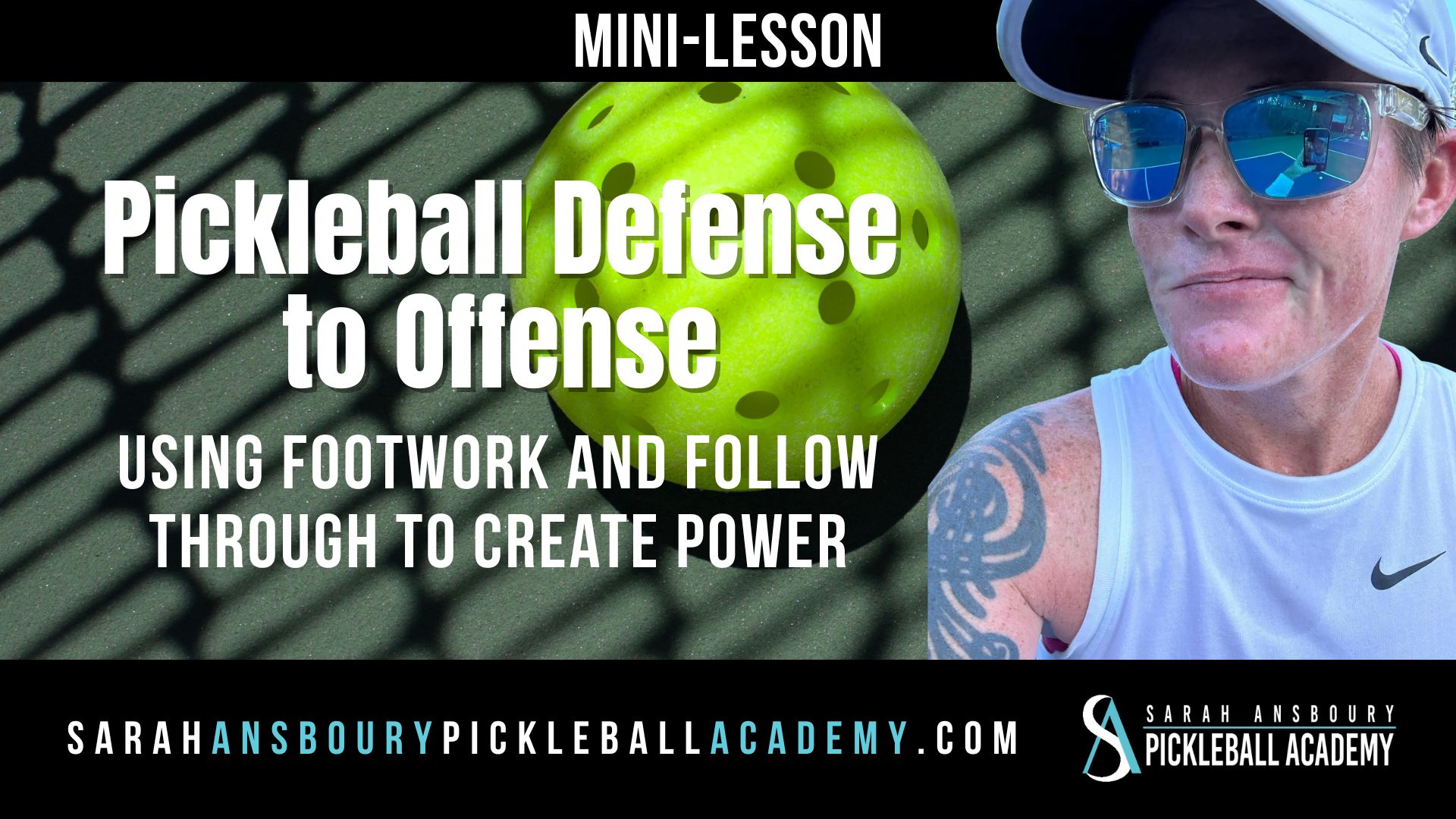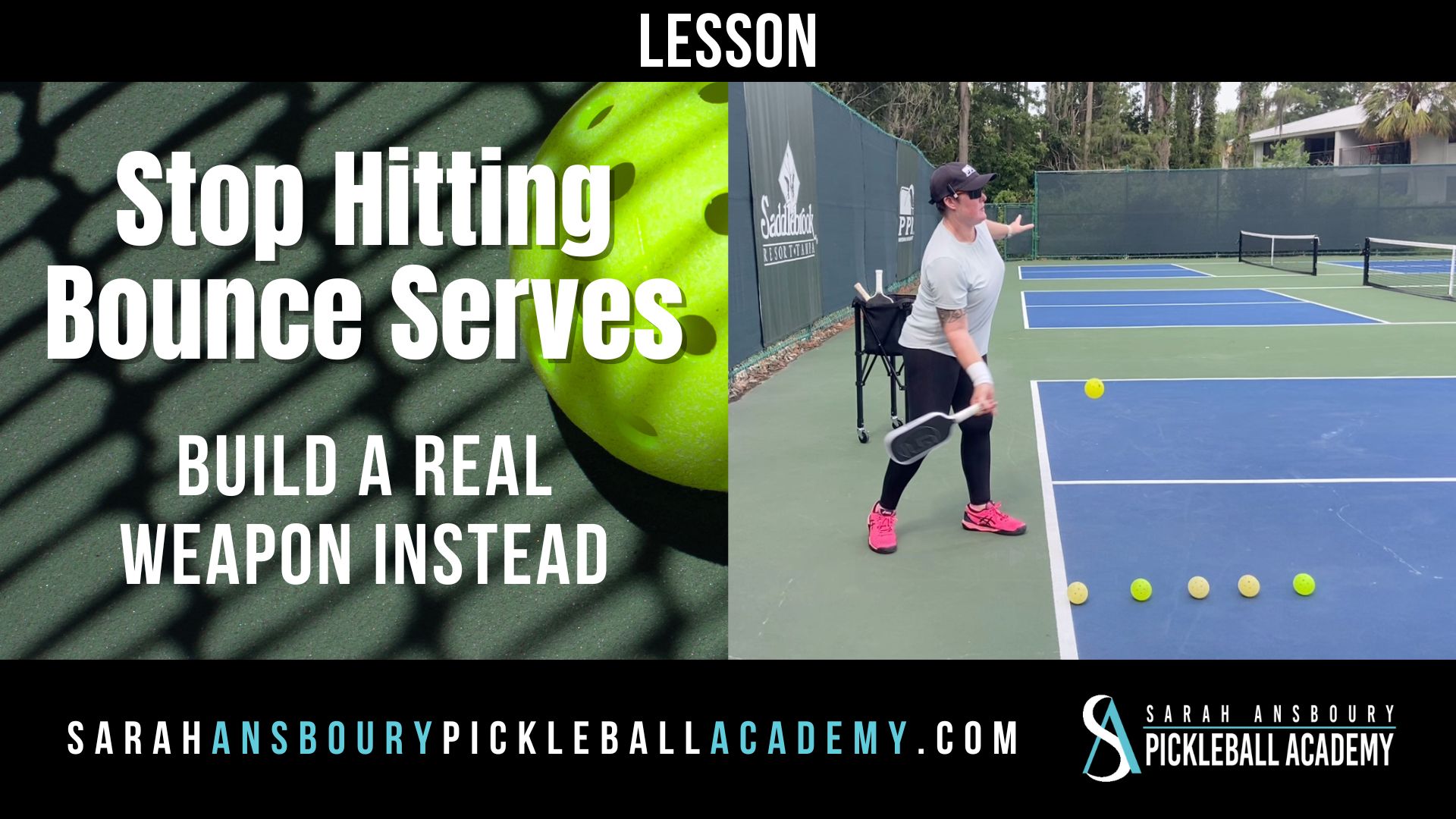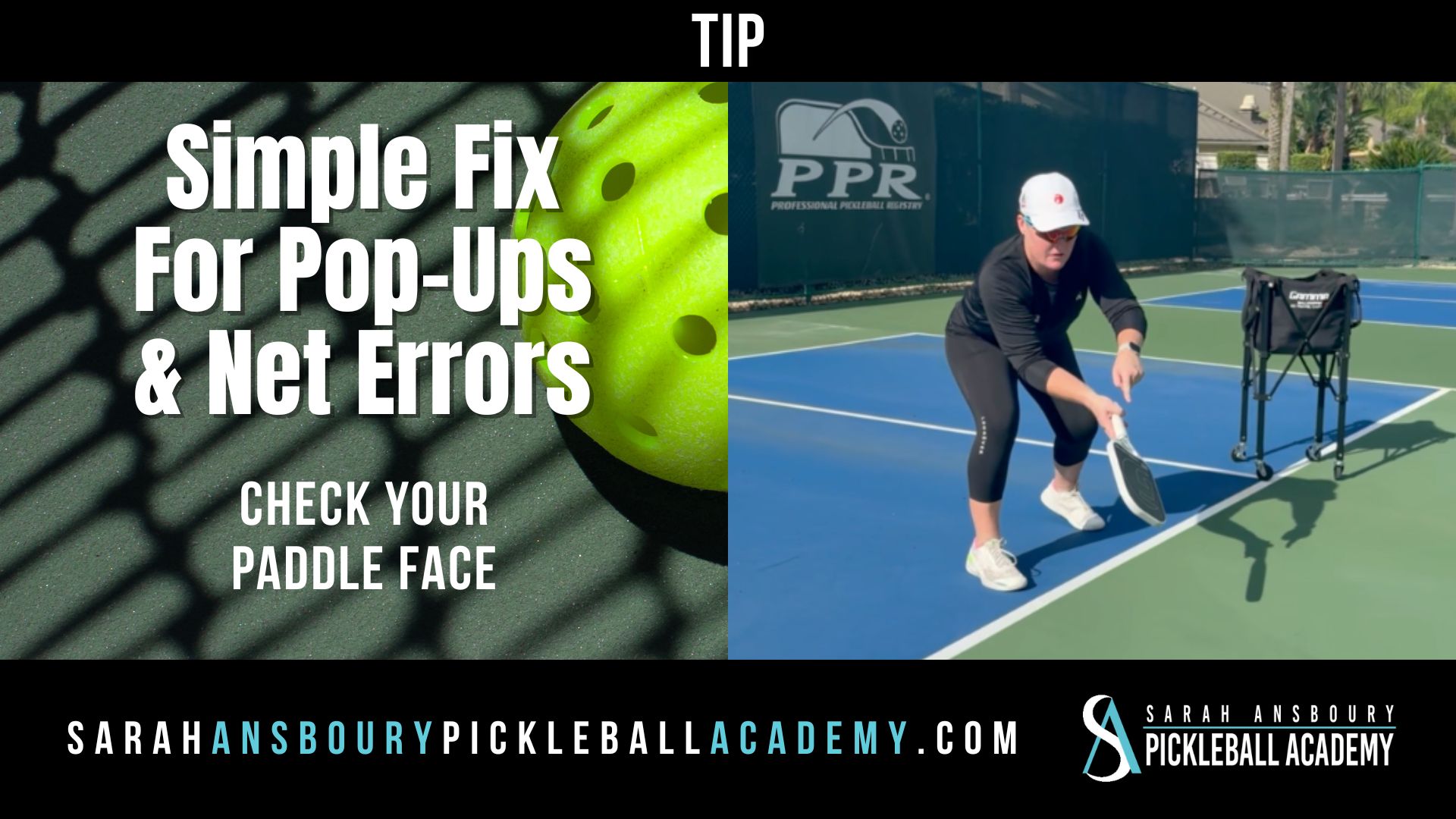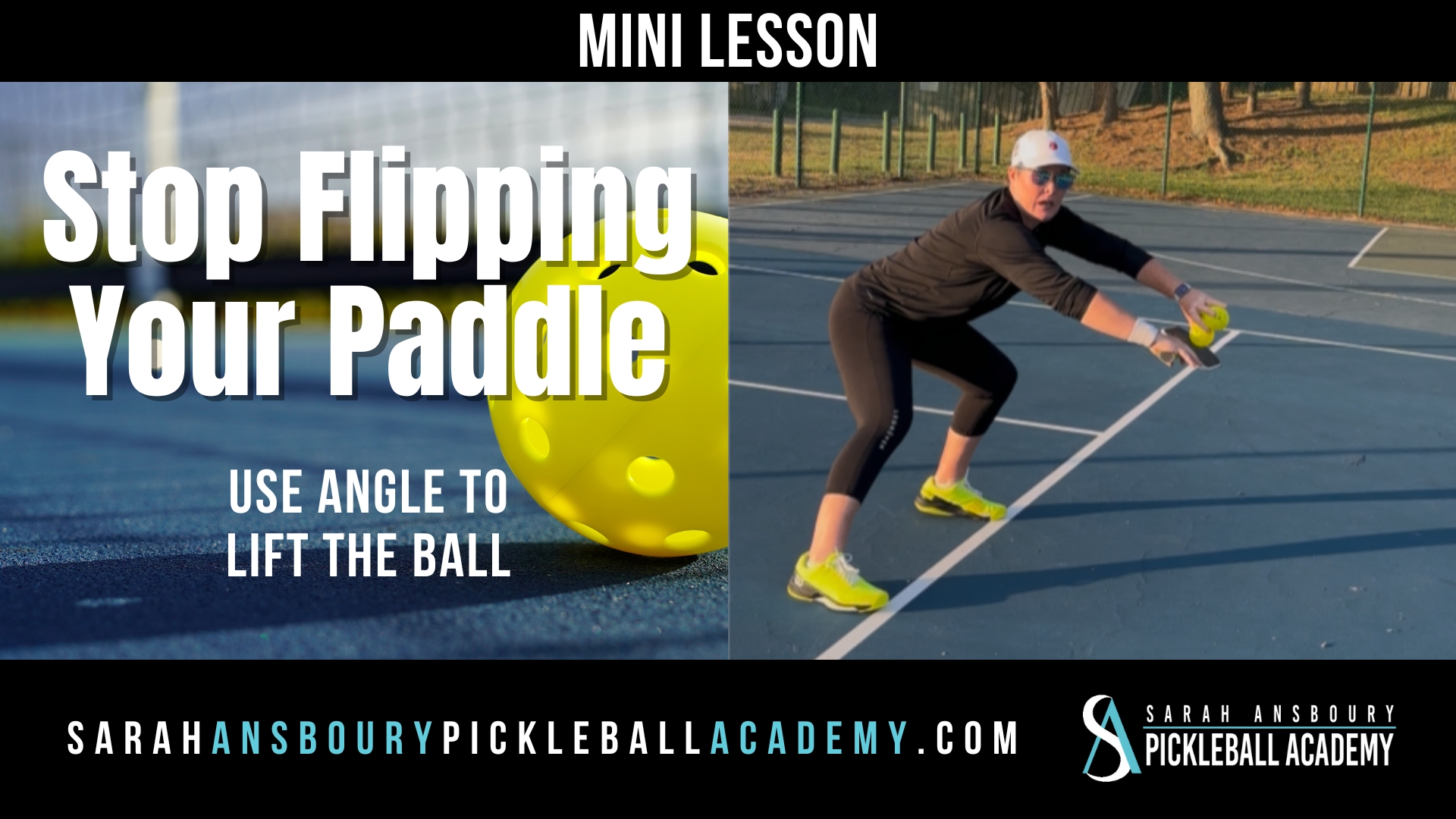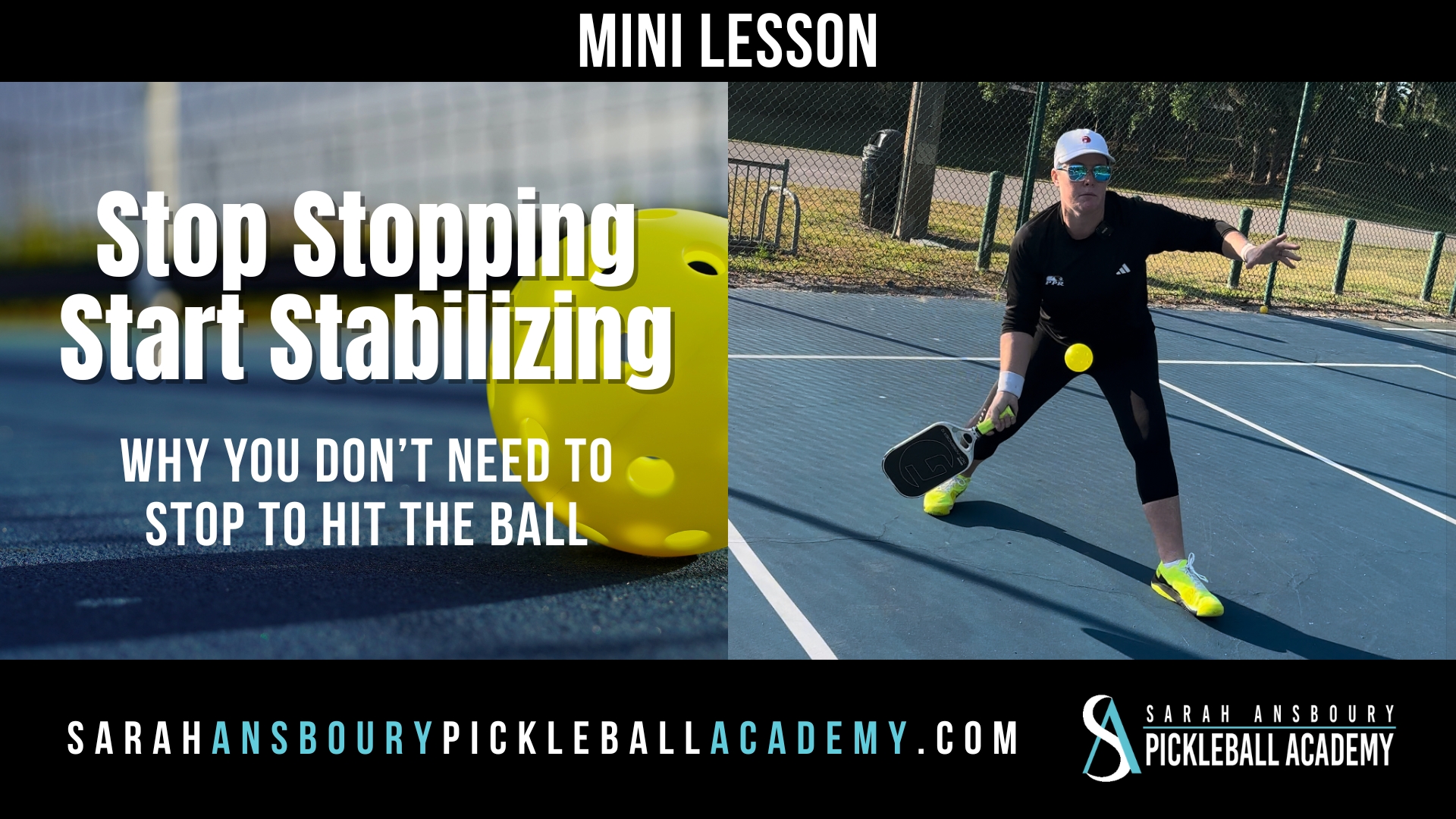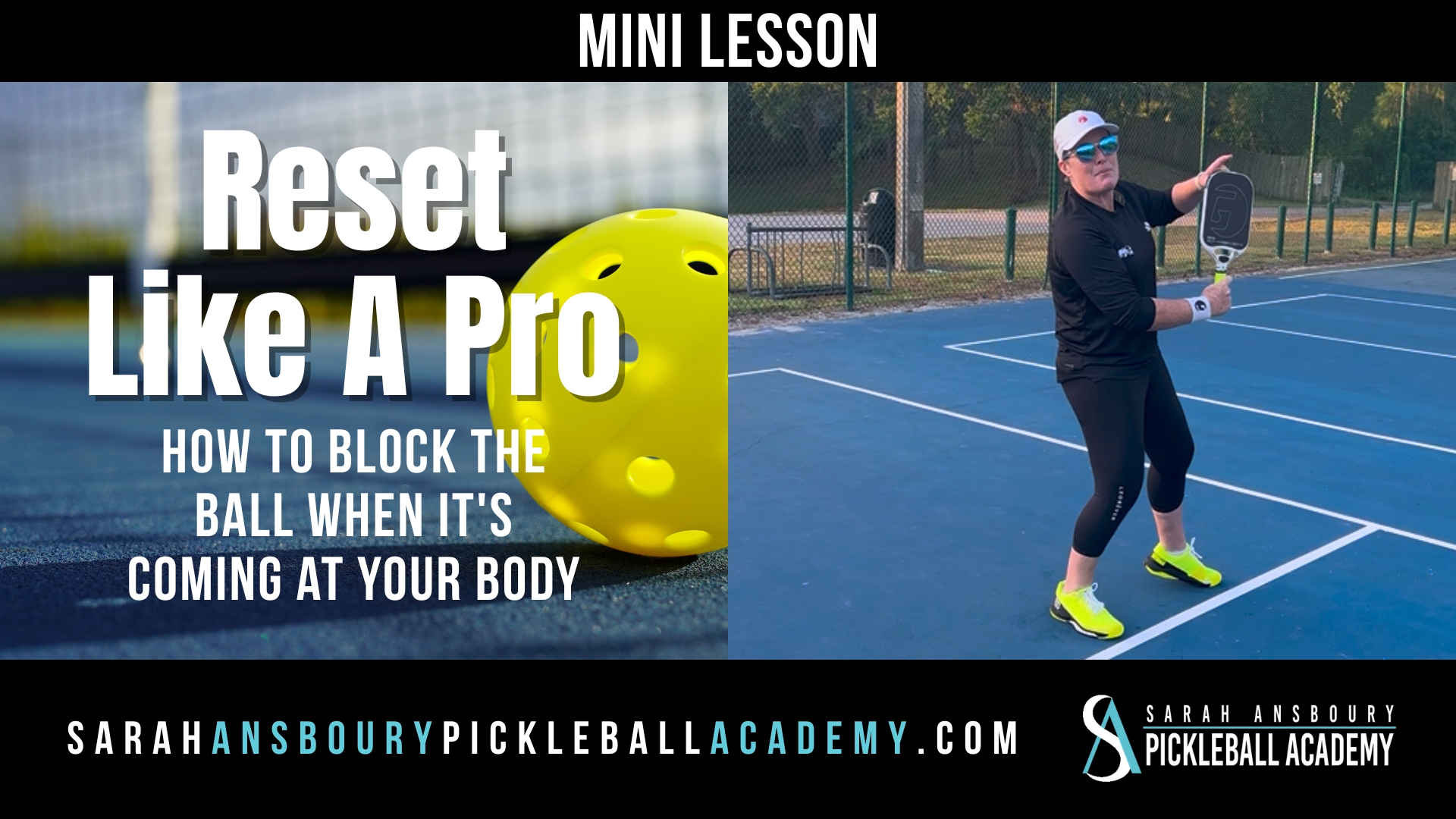Nothing drives me crazier than a ball floating between my partner and me down the middle. But two people crowding each other attempting to cover the middle isn’t great either. So what’s the best approach?
Covering the Middle Basics
As a rule of thumb, we want to remember the person on the forehand is usually going to be taking the majority of those shots. If I am on the right side of the court and my partner has a forehand on the left I don’t even move for it. I expect them to take it and my job is to cover my side of the court. Of course, the angle at which the ball is traveling (especially if it is an extreme cross court) has an effect on this “rule”. But that is where communication comes in, which I will elaborate on shortly.
Don’t Distract Me
When I am on the left side of the court, and I see my partner moving towards the ball I might become distracted. Of course, this may result in me not hitting the ball as well as I could. This is caused by confusion in my mind, and also because I may feel crowded…you want to have room to move when you are covering the middle. Too often I see people jumping in and taking backhands and pulling them out of position and the person on the forehand is trying to get in there too and now both players are out of position.
Both Forehands in the Middle
 Now when I stack, with my left-handed partner, we both have forehands in the middle. This is when communication becomes critical. First, we talk about it before the match. Then during the points, I will typically call the ball: “Yours”, “Mine”. If you listen to any of the replays of matches I participated in, you will notice that I talk a lot. Sometimes it may seem obvious…but it is a habit, and a useful one I think. There is no excuse for losing a point because you didn’t communicate. It is an easy thing to learn, you just need to practice calling the ball.
Now when I stack, with my left-handed partner, we both have forehands in the middle. This is when communication becomes critical. First, we talk about it before the match. Then during the points, I will typically call the ball: “Yours”, “Mine”. If you listen to any of the replays of matches I participated in, you will notice that I talk a lot. Sometimes it may seem obvious…but it is a habit, and a useful one I think. There is no excuse for losing a point because you didn’t communicate. It is an easy thing to learn, you just need to practice calling the ball.
Covering the Whole Court
The most important thing to remember is you and your partner are covering the court together! You each have half and perhaps a bit more. To ensure you are in the correct position to cover the whole court, it helps to have one person going for the ball while his partner is getting ready for the next one. The more we communicate in advance or during the point the fewer questions you and your partner will have in play.


